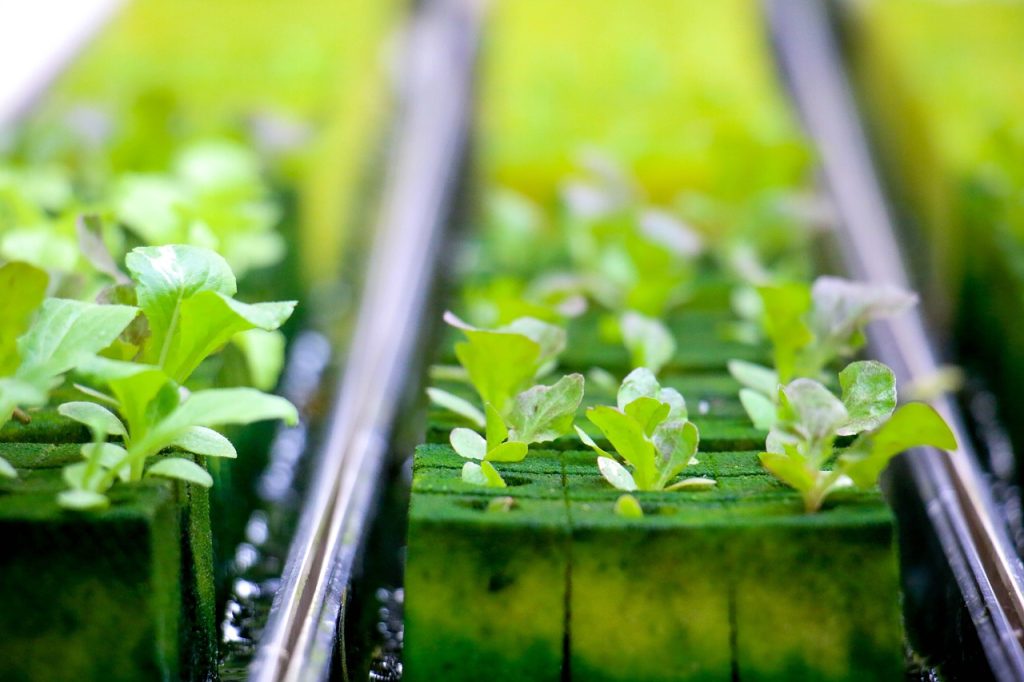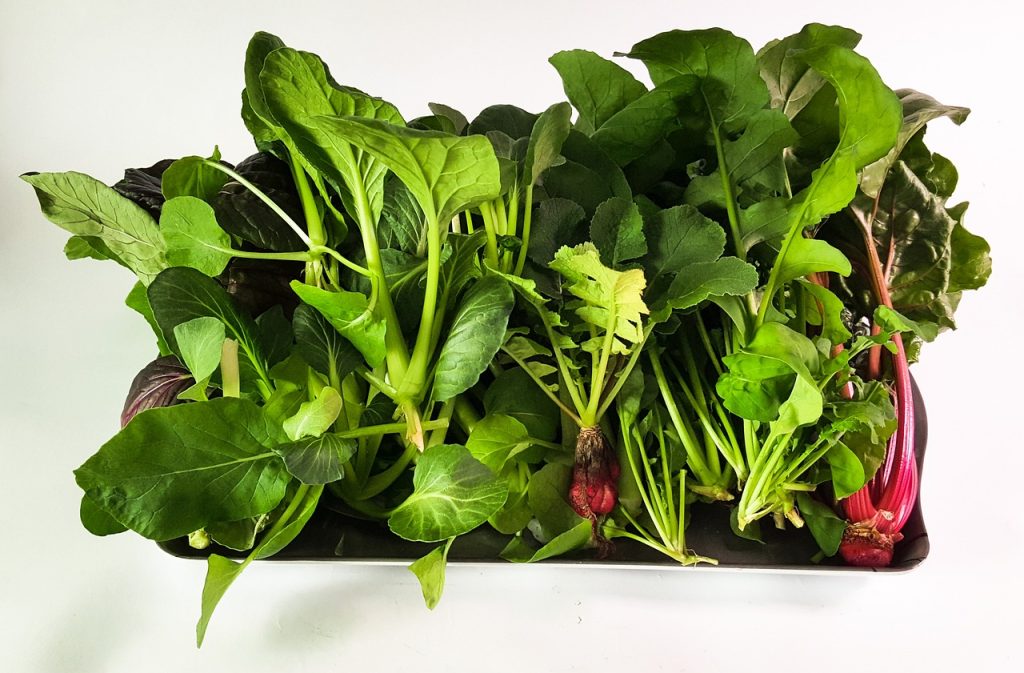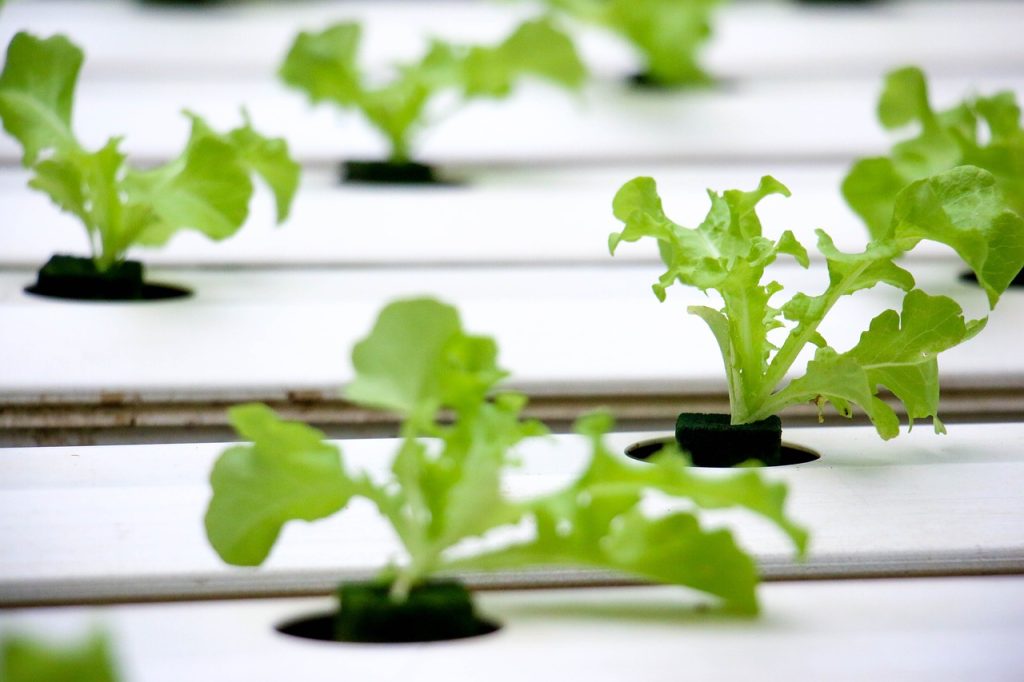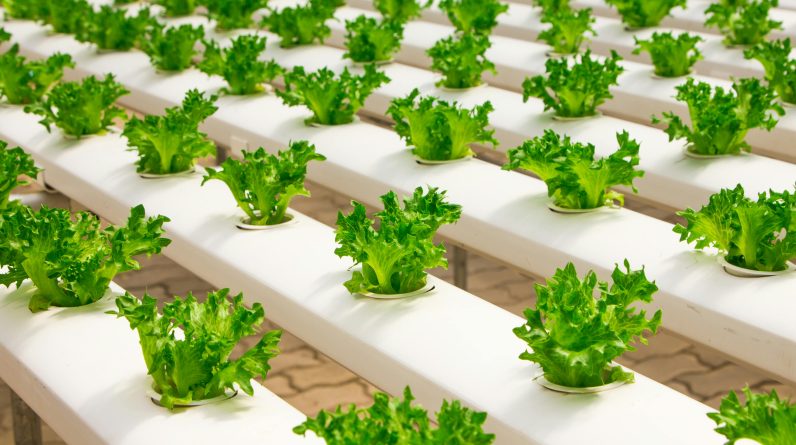
Getting Started with Hydroponic Gardening
If you’re new to hydroponic gardening, you might be wondering what plants are best suited for this innovative growing method. Hydroponics involves growing plants in a water-based, nutrient-rich solution rather than soil, providing them with all the essential nutrients they need for healthy growth. It’s a great way to grow your own fresh produce at home, regardless of limited space or poor soil quality. Let’s explore some of the best hydroponic plants for beginners to get you started on your gardening journey.
Leafy Greens
Leafy greens are some of the easiest plants to grow hydroponically, making them perfect for beginners. Varieties like lettuce, spinach, kale, and arugula thrive in hydroponic systems, requiring minimal maintenance and producing abundant harvests. These greens are packed with essential nutrients and are versatile additions to your meals, making them a popular choice among hydroponic gardeners.
Herbs
Herbs are another excellent option for beginners venturing into hydroponic gardening. Popular herbs like basil, parsley, cilantro, and mint grow exceptionally well in hydroponic setups, providing you with a fresh supply of aromatic herbs for cooking and seasoning. Herbs are quick to mature, allowing you to enjoy a continuous harvest throughout the growing season. Plus, they add vibrant flavors to your dishes, enhancing your culinary creations.
Tomatoes
Tomatoes are a favorite among home gardeners, and they thrive in hydroponic systems due to their high nutrient requirements. With proper care and maintenance, hydroponically grown tomatoes can yield juicy, flavorful fruits that are far superior to store-bought varieties. From cherry tomatoes to beefsteak tomatoes, there are numerous varieties to choose from, allowing you to experiment with different flavors and sizes in your hydroponic garden.
Bell Peppers
Bell peppers are versatile vegetables that can brighten up your hydroponic garden with their vibrant colors and sweet flavor. These peppers require a nutrient-rich environment to thrive, making them well-suited for hydroponic systems. With adequate support and consistent care, you can enjoy a bountiful harvest of bell peppers that are perfect for snacking, stuffing, grilling, or adding to your favorite dishes.
Factors to Consider When Choosing Hydroponic Plants
When selecting plants for your hydroponic system, there are certain factors to consider to ensure successful growth and optimal harvests. From plant size and growth habits to environmental requirements and nutrient preferences, these considerations will help you determine the best plants for your hydroponic garden.
Plant Size and Growth Habit
Different plants vary in size and growth habits, so it’s essential to choose ones that are compatible with your hydroponic setup. Some plants, like tomatoes and cucumbers, are vine crops that require trellising or support structures to grow vertically. Others, such as lettuce and herbs, have compact growth habits that are ideal for smaller hydroponic systems. Consider the available space, lighting conditions, and support structures when selecting plants for your hydroponic garden.
Environmental Requirements
Each plant has specific environmental requirements, including temperature, humidity, and lighting preferences, that must be met for optimal growth. Before choosing plants for your hydroponic system, research their ideal growing conditions to ensure they thrive in your indoor garden. Some plants, like leafy greens and herbs, prefer cooler temperatures and moderate humidity, while tomatoes and peppers thrive in warmer, sunnier conditions. By understanding these environmental preferences, you can create a conducive growing environment for your hydroponic plants.
Nutrient Preferences
One of the key advantages of hydroponic gardening is the ability to provide plants with a precise balance of nutrients tailored to their needs. Different plants have varying nutrient requirements, so it’s essential to choose plants that can thrive in a hydroponic system. Leafy greens and herbs, for example, prefer nitrogen-rich solutions for lush foliage growth, while fruiting plants like tomatoes and peppers require additional phosphorus and potassium for flower and fruit development. By understanding the nutrient preferences of your chosen plants, you can ensure they receive the essential nutrients for healthy growth and abundant harvests.

This image is property of pixabay.com.
Best Practices for Growing Plants in a Hydroponic System
To ensure the success of your hydroponic garden, it’s essential to follow best practices for growing plants in a hydroponic system. By implementing these tips and techniques, you can create an optimal growing environment for your plants and maximize their growth potential.
Maintain Proper pH Levels
The pH level of the nutrient solution plays a crucial role in the health and productivity of your hydroponic plants. Most plants prefer a slightly acidic pH range of 5.5 to 6.5 for optimal nutrient uptake. Regularly monitor and adjust the pH of your hydroponic solution to ensure it remains within the ideal range for your plants. pH test kits and pH adjusting solutions are readily available to help you maintain proper pH levels in your hydroponic system.
Monitor Nutrient Levels
In a hydroponic system, plants rely on the nutrient solution to fulfill their nutritional needs, so it’s essential to monitor and maintain balanced nutrient levels. Regularly check the nutrient concentrations in your solution using an electrical conductivity (EC) meter or a total dissolved solids (TDS) meter. Adjust the nutrient levels as needed to prevent deficiencies or excesses that can hinder plant growth. By keeping a close eye on the nutrient levels, you can ensure that your plants receive the essential nutrients for healthy development.
Provide Sufficient Lighting
Light is an essential factor in plant growth, and in a hydroponic system, it’s crucial to provide sufficient lighting for your plants. LED grow lights are a popular choice for indoor hydroponic gardens, as they provide the full spectrum of light needed for photosynthesis. Position the grow lights at the appropriate distance from your plants to ensure uniform coverage and prevent light burn. Adjust the lighting duration according to the plant’s needs, providing them with adequate light for photosynthesis and growth.
Maintain Proper Air Circulation
Proper air circulation is vital for healthy plant growth in a hydroponic system, as it helps prevent moisture buildup and fungal diseases. Use fans or ventilation systems to ensure good air circulation around your plants, reducing the risk of pests and diseases. Position fans strategically to prevent hot spots and ensure uniform air distribution throughout your hydroponic garden. By maintaining proper air circulation, you can create a healthy growing environment for your plants and minimize the risk of humidity-related issues.

This image is property of pixabay.com.
Troubleshooting Common Issues in Hydroponic Gardening
Despite your best efforts, you may encounter some challenges while growing plants in a hydroponic system. It’s essential to identify and address these common issues promptly to prevent them from affecting the health and productivity of your plants. Here are some common problems you may face in hydroponic gardening and how to troubleshoot them effectively.
Nutrient Deficiencies
Nutrient deficiencies can occur in hydroponic systems if the nutrient solution is imbalanced or inadequate for the plants’ needs. Common signs of nutrient deficiencies include yellowing leaves, stunted growth, and poor fruit development. To address nutrient deficiencies, adjust the nutrient concentrations in your solution according to the plant’s requirements. Regularly monitor and maintain optimal nutrient levels to prevent deficiencies and promote healthy plant growth.
Algae Growth
Algae growth is a common issue in hydroponic systems that can compete with plants for nutrients and oxygen. Excessive algae can clog irrigation lines, block light from reaching your plants, and create a breeding ground for pests. To control algae growth, minimize light exposure to the nutrient solution by using opaque containers or light-proof covers. Regularly clean and sanitize your hydroponic system to remove algae buildup and prevent its spread. By implementing these preventive measures, you can reduce algae growth and maintain a healthy growing environment for your plants.
pH Fluctuations
pH fluctuations can disrupt nutrient uptake in hydroponic plants, leading to nutrient deficiencies or toxicities. Fluctuations in pH can be caused by imbalanced nutrient solutions, inadequate buffering capacity, or microbial activity in the reservoir. To stabilize pH levels in your hydroponic system, use pH buffering solutions to maintain a consistent pH range for your plants. Regularly monitor and adjust the pH of your nutrient solution to prevent fluctuations that can impact plant health and growth. By addressing pH fluctuations promptly, you can ensure that your plants receive the optimal nutrient uptake for healthy development.
Root Rot
Root rot is a common fungal disease that can affect hydroponic plants due to overwatering, poor drainage, or contaminated nutrient solutions. Symptoms of root rot include wilting leaves, yellowing foliage, and foul odors emanating from the roots. To prevent root rot in your hydroponic system, ensure proper drainage and aeration for your plants by using well-draining growing media and maintaining appropriate moisture levels. Regularly inspect your plant roots for any signs of rot or decay, and remove affected plants promptly to prevent the spread of the disease. By practicing good hygiene and maintaining proper growing conditions, you can minimize the risk of root rot and promote healthy root development in your hydroponic plants.

This image is property of pixabay.com.
Conclusion
In conclusion, growing plants in a hydroponic system offers numerous benefits for both beginner and experienced gardeners alike. By selecting the right plants, following best practices, and troubleshooting common issues, you can create a thriving hydroponic garden that yields bountiful harvests of fresh and nutritious produce year-round. Whether you’re growing leafy greens, herbs, tomatoes, or bell peppers, hydroponic gardening provides a sustainable and efficient approach to growing your own food at home. With proper care and attention to detail, you can enjoy the rewards of hydroponic gardening and experience the joys of cultivating your very own indoor garden. Happy growing!
Related Content
- The Ultimate Guide to Hydroponic Farming at Home: 7 Effective Tips for 2025
- 10 Effective Hydroponic Lettuce Growing Tips for 2025: The Ultimate Guide
- How to Design a Hydroponic Greenhouse for Year-Round Growth
- Hydroponic Horticulture: Changing Crop Yields as well as Lasting Food Manufacturing
- Do I Need To Soak Seeds Before Planting In Hydroponics?





